From the GAIN project, funded by the EU Horizon 2020 Fund: Producing algae from smolt wastewater can increase salmon farms’ profits and maximize nutrient use
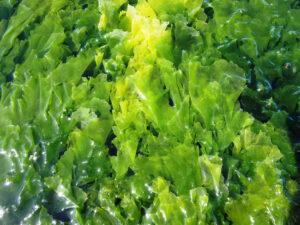
This is the third article in our series on the circular economy. This is part of a larger three-part series on sustainable aquaculture intensification in Europe, focused on precision aquaculture, sustainable feeds and circular economy. This work from the GAIN project is funded by the EU Horizon 2020 Fund. Each part in this series takes provides an introductory glance at the three topics, then explains how outputs from the GAIN project are contributing towards it, including the applicability to industry and governance.
Aquaculture waste often contains uneaten or unabsorbed nutrients, which are lost through waste discharge. In line with circular economy principles, nutrients in wastewater can be used to create valuable co-products that capture the dissolved nitrogen and phosphorous that would otherwise be discarded. Using salmon smolt wastewater for algae production is one example of this. In this type of system, the nutrients in the wastewater are used by the algae for growth.
The GAIN project partnered with Salten Havbrukspark to pilot a theoretical open decoupled aquaponics system that would produce algae from smolt wastewater. We chose a Norwegian recirculating aquaculture system (RAS), producing 1,300 metric tons of smolt per year and located in the region of Nordland, as a representative case for this sector. The algae species chosen was Ulva lactuca, also known by the common name “sea lettuce.”
According to the results of the pilot system, a theoretic full-size aquaponics system would successfully manage to recapture up to 71 percent of the dissolved nitrogen and up to 6 percent of the dissolved phosphorous deriving from smolt production wastewater. When the system was economically assessed by the Thünen Institute of Sea Fisheries, they found that the system could return a total profit of €300,000 per year by selling the high-quality algae to food markets in Asia and the lower-quality algae to the animal feed, fertilizer and chemical industries.
Aside from the potential profit, revised farming licenses or improved regulations could incentivize this type of system that maximizes the use of nutrients, minimizes waste and increases the efficiency of the food system.
The designed theoretical open decoupled aquaponics systems for U. lactuca using smolt wastewater is a promising approach. Besides potential additional returns and reducing wastewater nitrogen and phosphorus amounts, which might be required by future regulations in Europe, there could be the opportunity to increase production at the smolt farm site. In Norway, there is no precedence for increasing production by reducing the environmental loading, but it might be an option for a new facility and/or for smolt production outside of Norway to increase circular economy principles within smolt production.
System details
The wastewater of this farm contains a yearly load of 3.9 to 5.9 metric tons of dissolved nitrogen and 2.7 to 4.9 metric tons of dissolved phosphorous. The production system was drafted for 10-hectare concrete basins with an additional area of 5.5 hectares, producing a total of 1.287 metric tons of fresh algae per year equivalent to 109 tonnes of dry matter. The production period was set from February to October, including 120 days of lower light condition (2.22 metric tons of biomass per day) and 153 days of good light condition (6.67 metric tons of biomass per day). The total algae biomass produced over the whole production period has thereby a capacity to capture up to 71 percent of the dissolved nitrogen and up to 6 percent of the dissolved phosphorous deriving from smolt production wastewater.
This system requires an investment of about €2.64 million for the production system and equipment and a total of 16 employees to maintain this labor-intensive system with hand harvesting. A fully distributed costs analysis was conducted based on defined fixed and variable costs, the required operating staff, costs for initial stocking, depreciation of equipment, machinery and licensing, rent for rooms, opportunity costs and returns based on market price estimations.
Thereby, it was assumed that part of the smolt farm infrastructure could be co-used to reduce initial investment requirements. This includes the pumping system for supplying the aquaponics farm with a mixture of 30 percent smolt wastewater and 70 percent seawater as well as the farm depot for storing part of the equipment.
Further, it was assumed that U. lactuca is sold to a processor that also organizes the collection of the fresh biomass for a certain withholding of the final market returns.
The estimated weighted average returns for different qualities are €14,000 per metric ton of dry matter, allowing a total profit of 300.000 €/year. The minimum required product value to achieve cost recovery is €11,000 per metric ton of dry matter.
Follow the Advocate on Twitter @GSA_Advocate
Now that you've reached the end of the article ...
… please consider supporting GSA’s mission to advance responsible seafood practices through education, advocacy and third-party assurances. The Advocate aims to document the evolution of responsible seafood practices and share the expansive knowledge of our vast network of contributors.
By becoming a Global Seafood Alliance member, you’re ensuring that all of the pre-competitive work we do through member benefits, resources and events can continue. Individual membership costs just $50 a year.
Not a GSA member? Join us.
Authors
-
Cornelia Kreis
Researcher – aquaculture economics
Thuenen Institute of Fisheries Ecology, Germany -
Imke Edebohls
Thuenen Institute of Sea Fisheries, Germany
-
Christian Bruckner
Scientist
Salten Havsbrukpark, Norway
-
Alexandra Pounds
Assistant researcher in aquatic food security
Institute of Aquaculture, University of Stirling
Tagged With
Related Posts
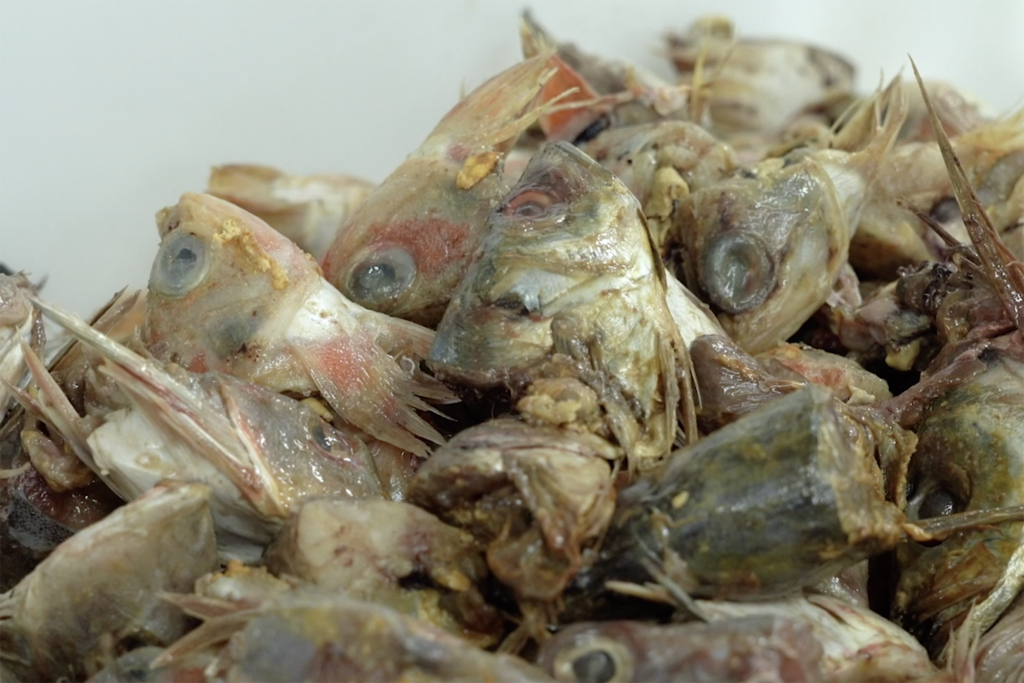
Responsibility
An introduction to circular economy principles in aquaculture
In the latest article from the GAIN project, implementing circular economy principles can help increase the sustainability of aquaculture production.
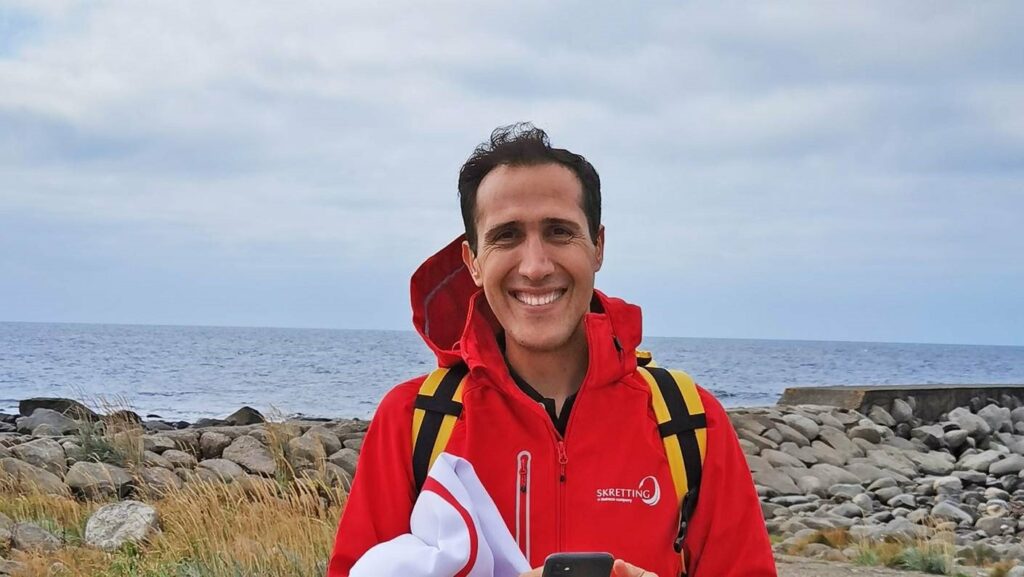
Responsibility
‘Do more and do better’ – Sustainability manager discusses Skretting’s ambitious agenda
Aquafeed giant Skretting recently appointed Jorge Diaz as its sustainability manager to advance its ambitious sustainability agenda.
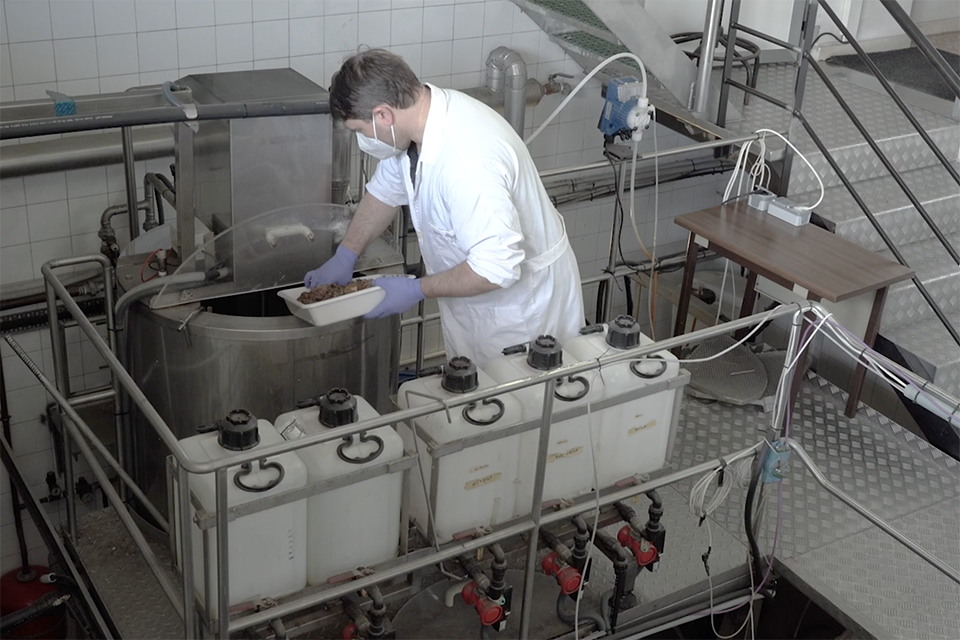
Responsibility
Circular economy: Hydrolysates of aquaculture byproducts as feed
In the latest GAIN article, fish scraps can be transformed into fish protein hydrolysates as a high-nutrient value addition to aquafeeds.
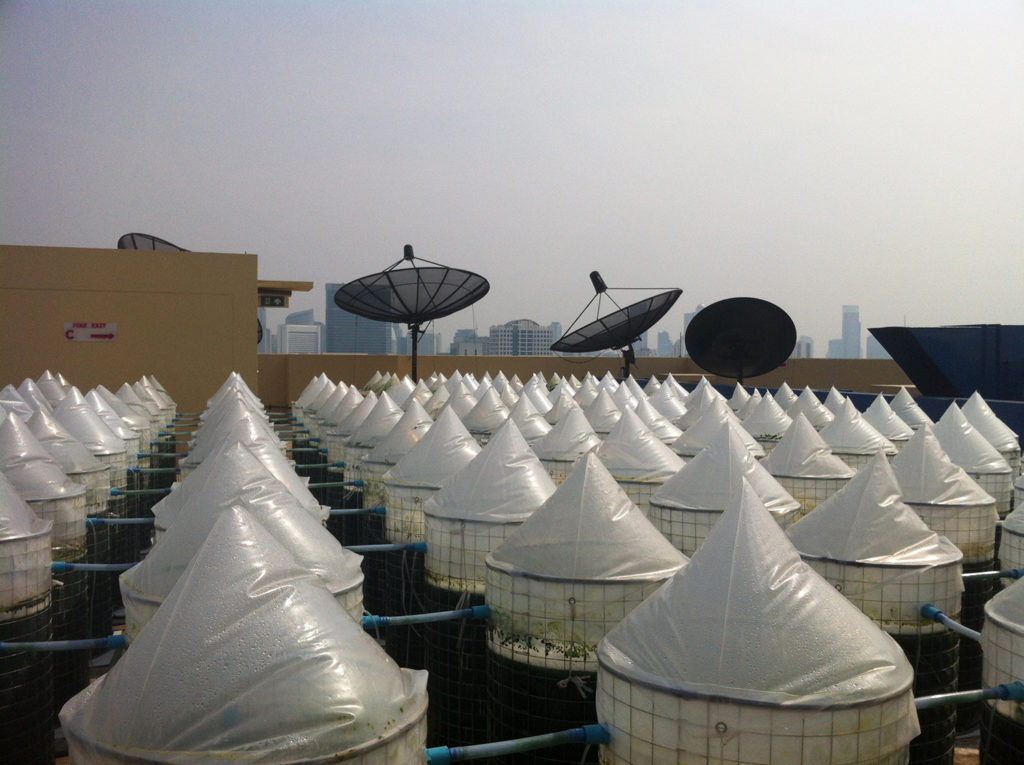
Aquafeeds
Just add sun: Behind EnerGaia’s evolving spirulina strategy
American engineer at helm of Thailand-based EnerGaia has a grand vision for spirulina, which he says has potential as a protein source for fish feed.



